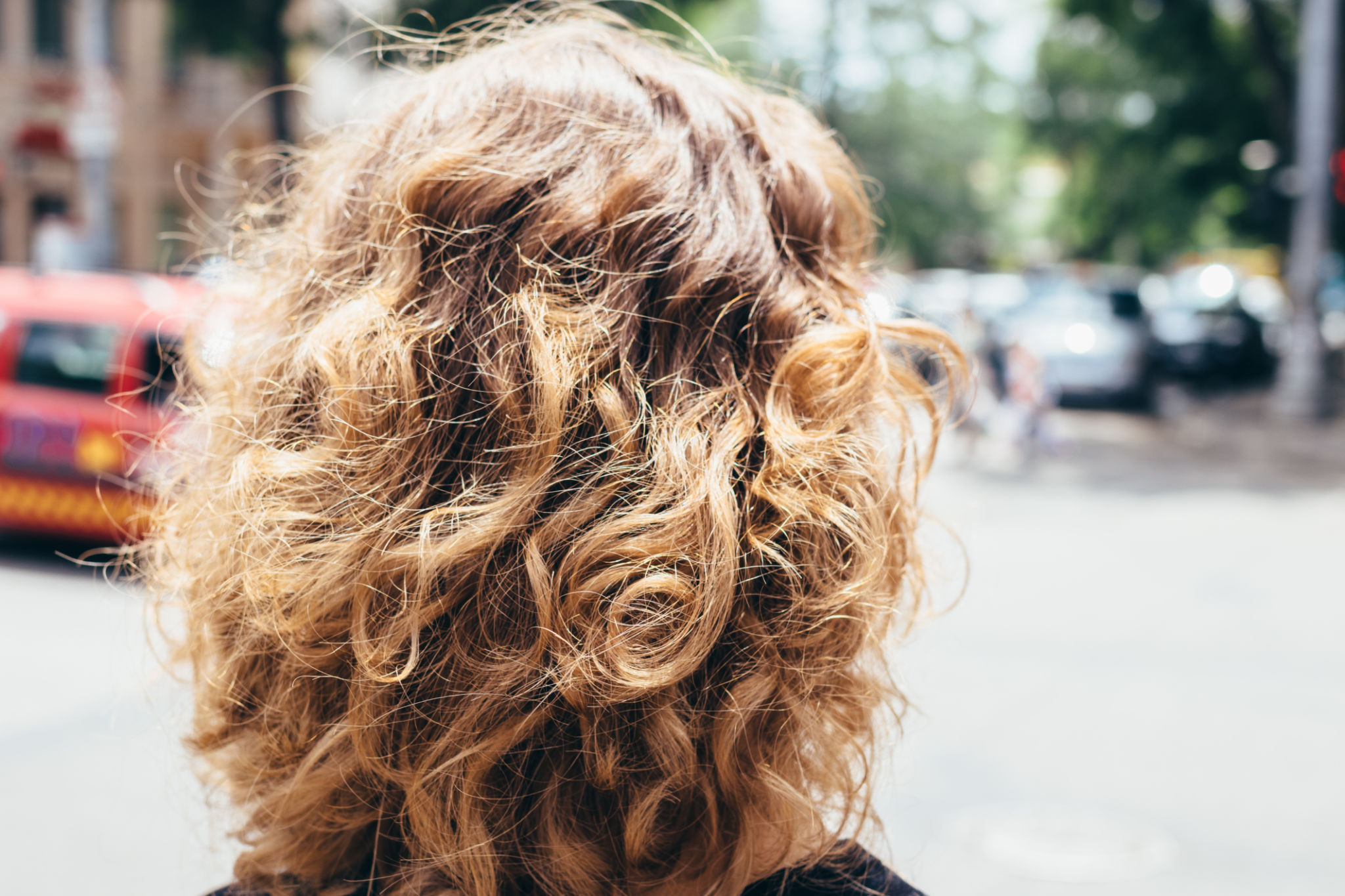Expert Hair Care Advice for Humid Southern Climates
Understanding the Effects of Humidity on Hair
Living in a humid southern climate can present unique challenges for maintaining healthy hair. The excess moisture in the air can cause hair to frizz, lose its shape, and even become more prone to damage. The key to managing hair in such environments is understanding how humidity affects your specific hair type and taking proactive steps to protect it.
Humidity causes the hair shaft to swell, leading to cuticle lifting. This process makes your hair more vulnerable to environmental factors. Whether you have straight, curly, or wavy hair, the impacts of humidity can vary but are universally frustrating. Learning how to combat these effects can help you maintain your desired hairstyle year-round.

Tailoring Your Hair Care Routine
Choosing the Right Products
Selecting the appropriate hair care products is crucial for combating the adverse effects of humidity. Opt for anti-frizz shampoos and conditioners that are specifically designed for your hair type. Products with natural oils like argan or coconut oil can help seal the cuticle and prevent moisture from wreaking havoc on your style.
Incorporate a lightweight leave-in conditioner into your routine. It not only keeps your hair hydrated but also adds an extra layer of protection against humidity. For those with curly hair, using a curl-defining cream or gel can help maintain your curls' integrity and reduce frizz.

The Importance of Regular Trims
Regular trims are essential for maintaining healthy hair, especially in humid climates where split ends can become more pronounced. Aim for a trim every 6 to 8 weeks to remove damaged ends and promote overall hair health. This practice also helps your hair appear fuller and more manageable.
Styling Techniques for Humid Weather
Embrace Natural Styles
When dealing with humidity, less is often more. Embrace styles that work with your natural hair texture rather than against it. For example, air-drying your hair instead of using heat tools can preserve your natural wave or curl pattern while minimizing frizz.
Consider protective hairstyles such as braids or buns that keep your hair secure and shielded from humidity. These styles not only reduce frizz but also help minimize exposure to harmful UV rays and environmental pollutants.

Heat Styling Tips
If you prefer using heat styling tools, ensure you're using a good quality heat protectant spray. This product acts as a barrier between your hair and the humidity, locking in moisture while preventing frizz. Additionally, use tools with temperature control settings to avoid unnecessary heat damage.
The Role of Diet and Hydration
Your diet plays a significant role in maintaining healthy hair. Ensure you're consuming a balanced diet rich in vitamins and minerals that promote hair health, such as vitamin E, biotin, and omega-3 fatty acids. These nutrients help strengthen your hair from within, making it more resilient to external factors like humidity.
Stay adequately hydrated by drinking plenty of water throughout the day. Proper hydration helps maintain the moisture balance in your scalp and hair, reducing the chances of breakage and dryness.

Conclusion: Consistency is Key
Managing hair in humid southern climates requires dedication and consistency. By understanding the effects of humidity and implementing tailored care routines, you can maintain beautiful, healthy hair regardless of the weather. Remember, patience and persistence are essential as you adapt these strategies to suit your unique hair needs.